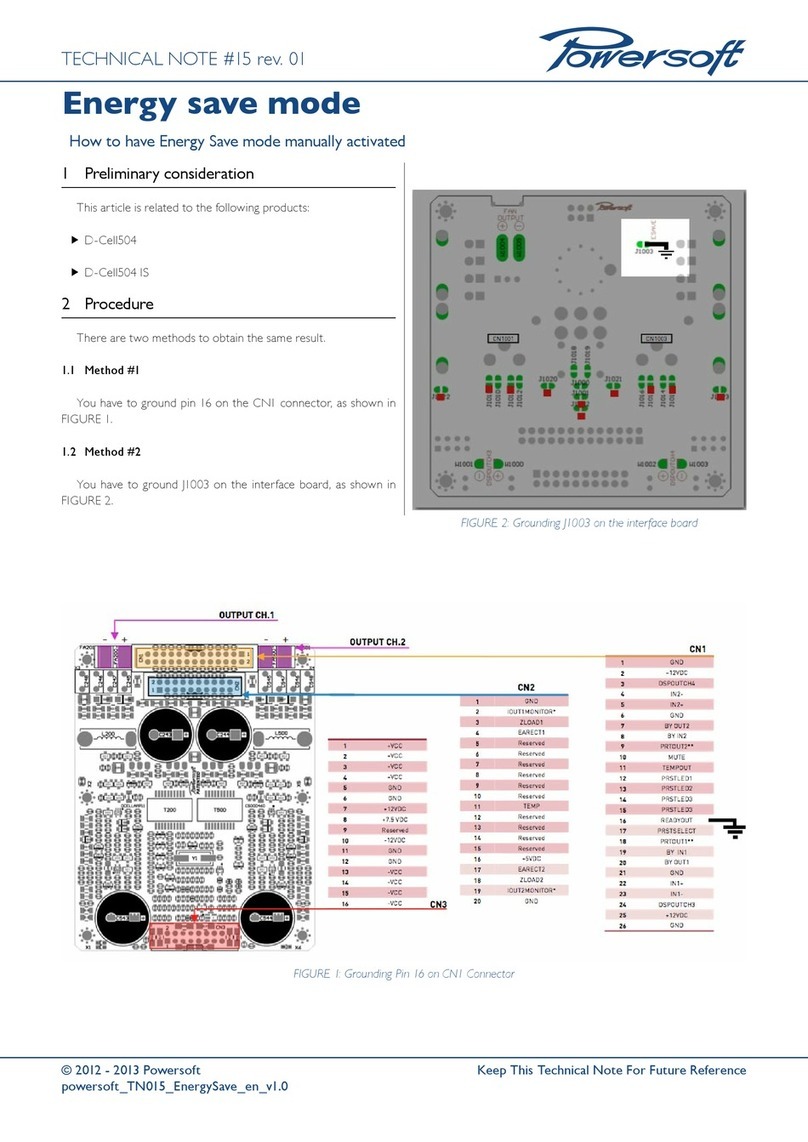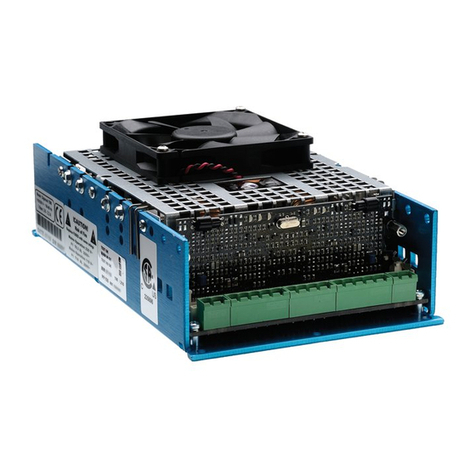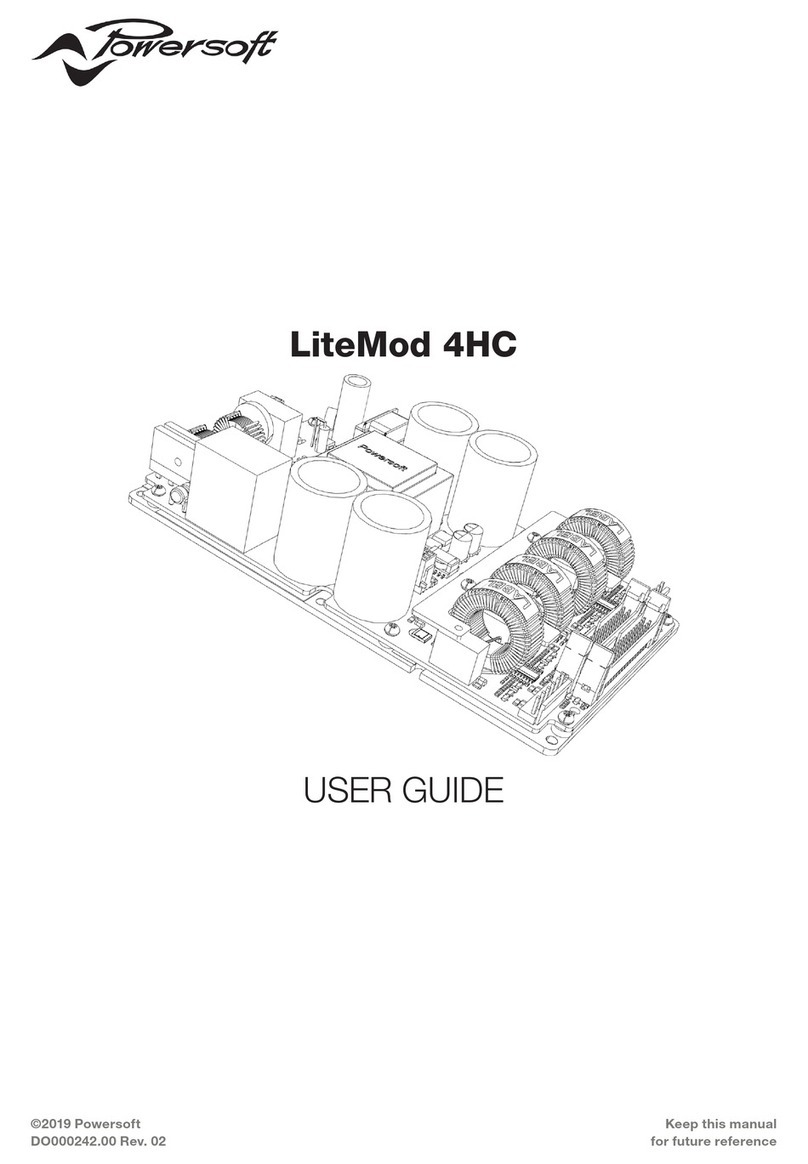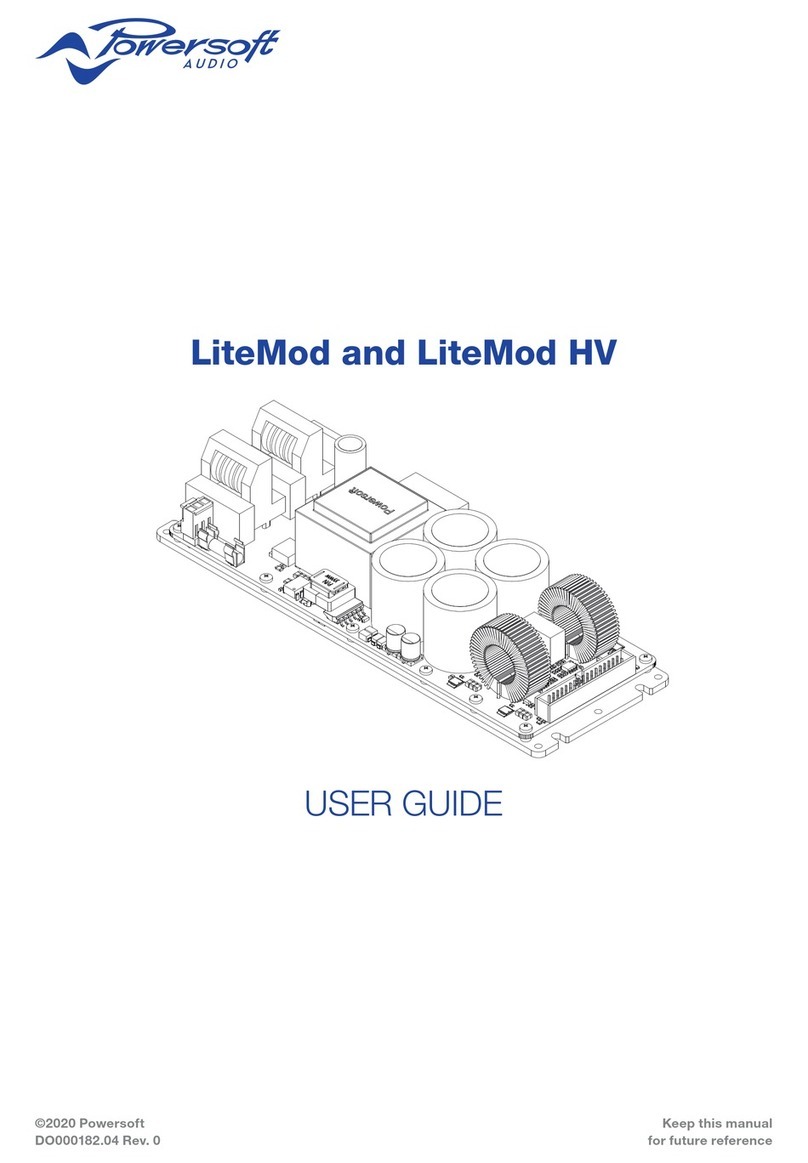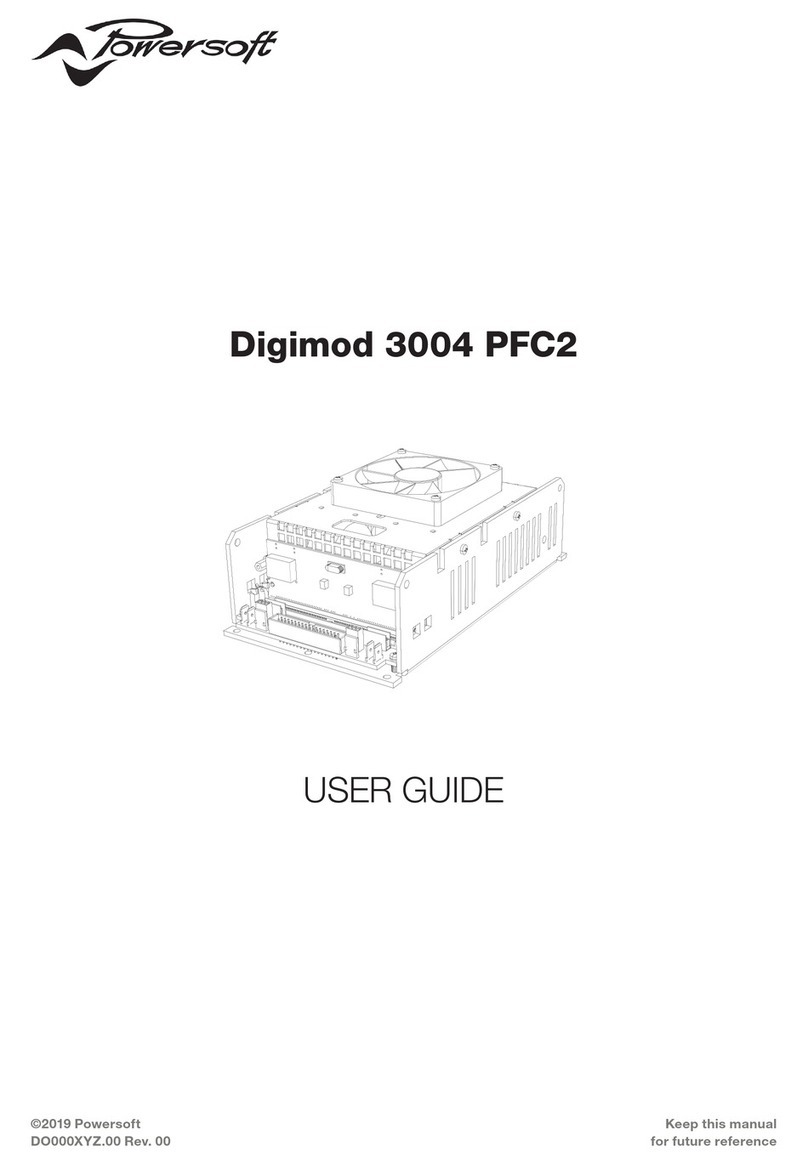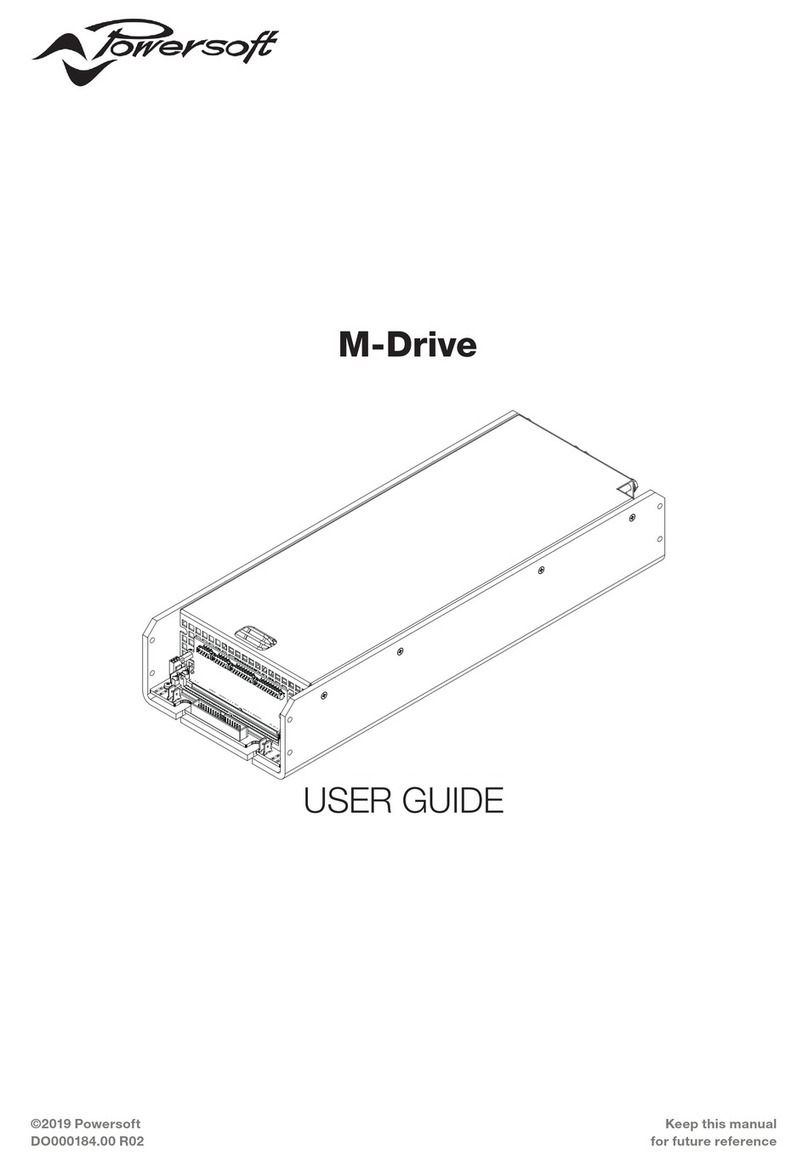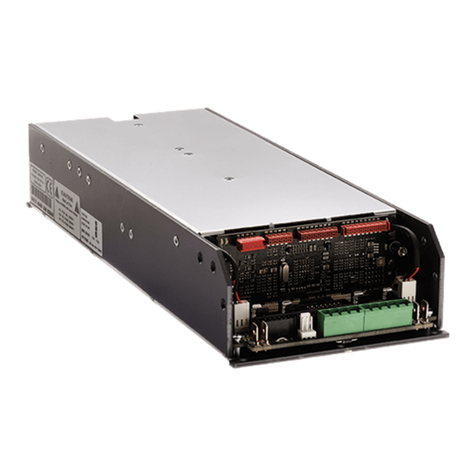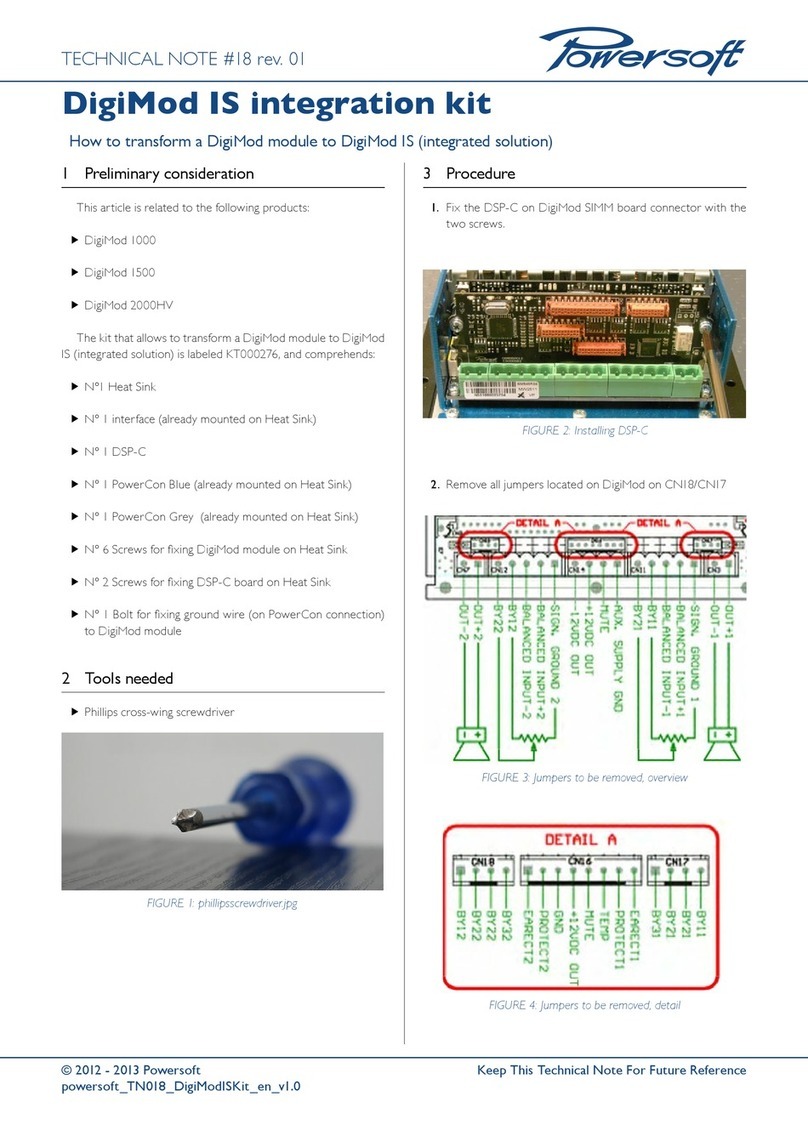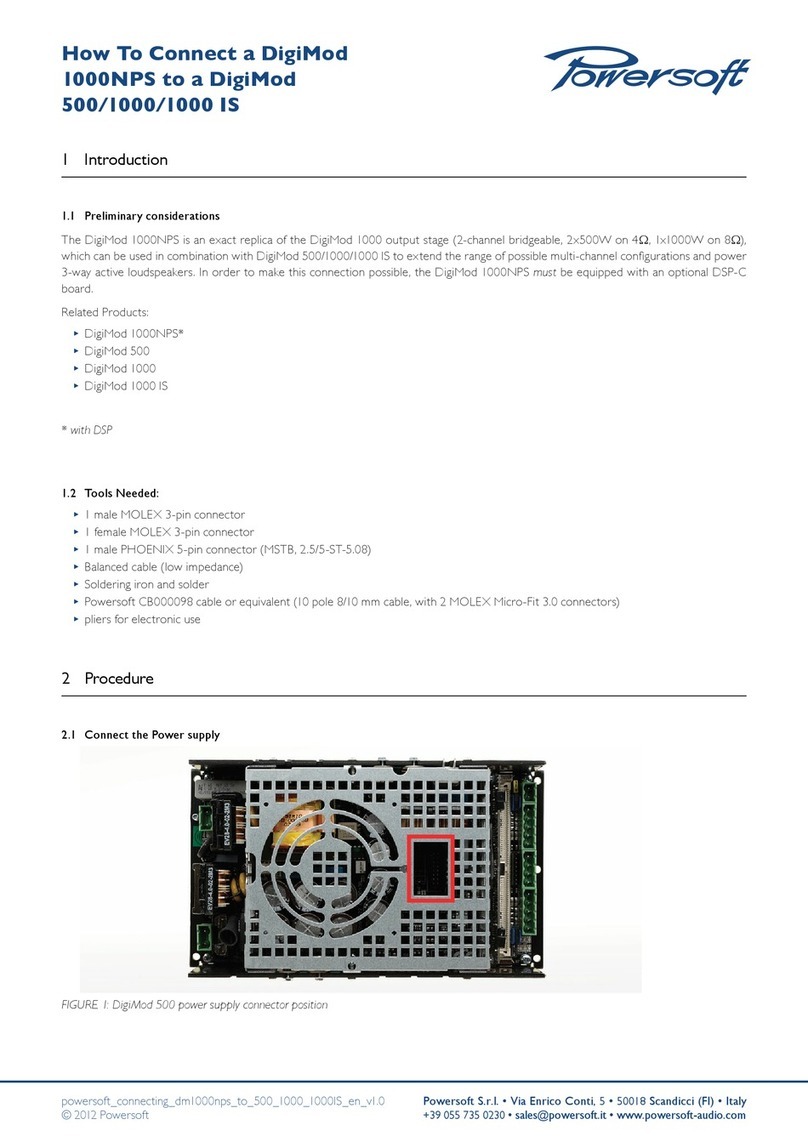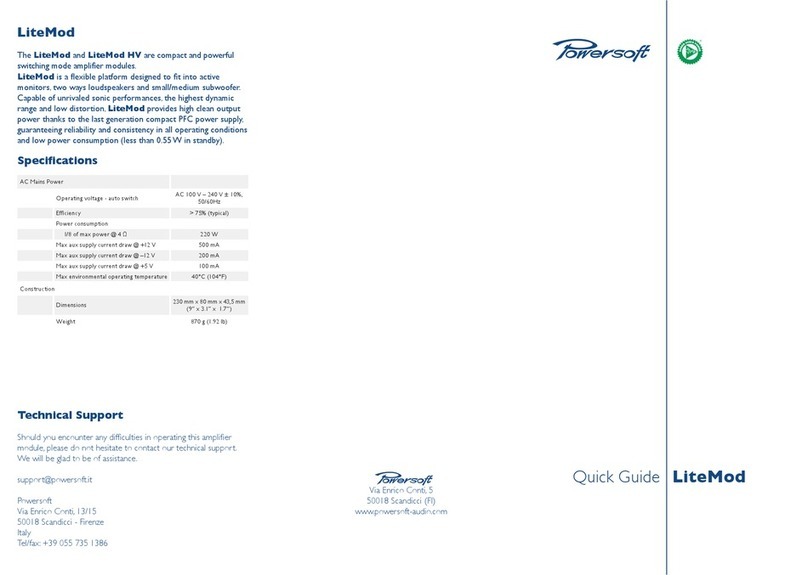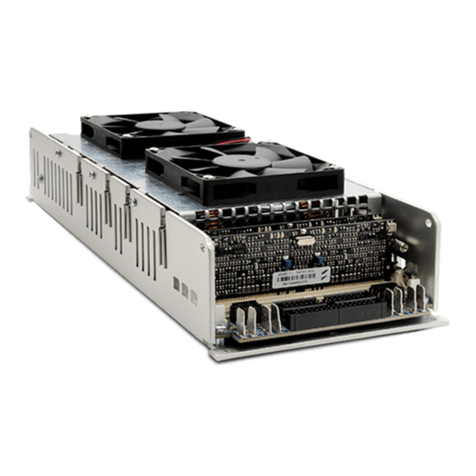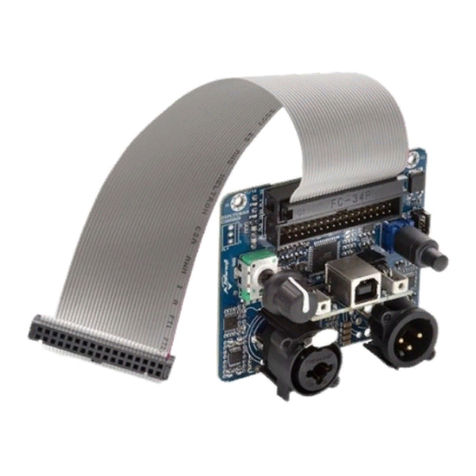FCC COMPLIANCE NOTICE
This device complies with part 15 of the FCC rules. Operation is subject
to the following two conditions: (1) This device may not cause harmful
interference, and (2) this device must accept any interference received,
including interference that may cause undesired operation.
CAUTION: Changes or modifications not expressly approved by the party
responsible for compliance could void the user’s authority to operate the
equipment.
NOTE: This equipment has been tested and found to comply with the
limits for a Class A digital device, pursuant to part 15 of the FCC Rules.
These limits are designed to provide reasonable protection against
harmful interference in a residential installation. This equipment gener-
ates, uses, and can radiate radio frequency energy and, if not installed
and used in accordance with the instruction manual, may cause harmful
interference to radio communications. However, there is no guarantee
that interference will not occur in a particular installation. If this equip-
ment does cause harmful interference to radio or television reception,
which can be determined by turning the equipment off and on, the user
is encouraged to try to correct the interference by one or more of the
following measures:
Reorient or relocate the receiving antenna.
Increase the separation between the equipment and receiver.
Connect the equipment into an outlet on a circuit different from
that to which the receiver is connected.
Consult the dealer or an experienced radio/TV technician for help.
WEEE DIRECTIVE
If the time arises to throw away your product, please recycle all the
possible components.
This symbol indicates that when the end-user wishes
to discard this product, it must be sent to separate col-
lection facilities for recovery and recycling. By separat-
ing this product from other household-type waste, the
volume of waste sent to incinerators or land-fills will be
reduced and natural resources will thus be conserved.
The Waste Electrical and Electronic Equipment Directive (WEEE Directive)
aims to minimise the impact of electrical and electronic goods on the en-
vironment. Powersoft S.p.A. comply with the Directive 2002/96/EC and
2003/108/EC of the European Parliament on waste electrical finance the
cost of treatment and recovery of electronic equipment (WEEE) in order
to reduce the amount of WEEE that is being disposed of in land-fill site.
All of our products are marked with the WEEE symbol; this indicates that
this product must NOT be disposed of with other waste. Instead it is the
user’s responsibility to dispose of their waste electrical and electronic
equipment by handing it over to an approved reprocessor, or by return-
ing it to Powesoft S.p.A. for reprocessing. For more information about
where you can send your waste equipment for recycling, please contact
Powesoft S.p.A. or one of your local distributors.
Regulatory information 5
EC DECLARATION OF CONFORMITY
Manufacturer:
Powersoft S.p.A.
via E. Conti 5
50018 Scandicci (Fi)
Italy
We declare that under our sole responsibility the products:
Model Name: MiniMod4
Intended use: Professional Audio Amplifier Module
Are in conformity with the provisions of the following EC Directives,
including all amendments, and with national legislation implementing
these directives:
2014/35/EU Low Voltage Directive
2014/30/EU Electromagnetic Compatibility Directive
2011/65/EU RoHs Directive
2014/53/EU Radio Equipment Directive
The following harmonized standards are applied:
EN 55103-1: 2009 /A1: 2012
EN 55103-2: 2009 /IS: 2012
EN 55032: 2012
EN 55035: 2017
EN 60065: 2014 /AC: 2016
Scandicci,
February 2019
Luca Lastrucci
Managing Director
For compliance questions only: compliance@powersoft.it
